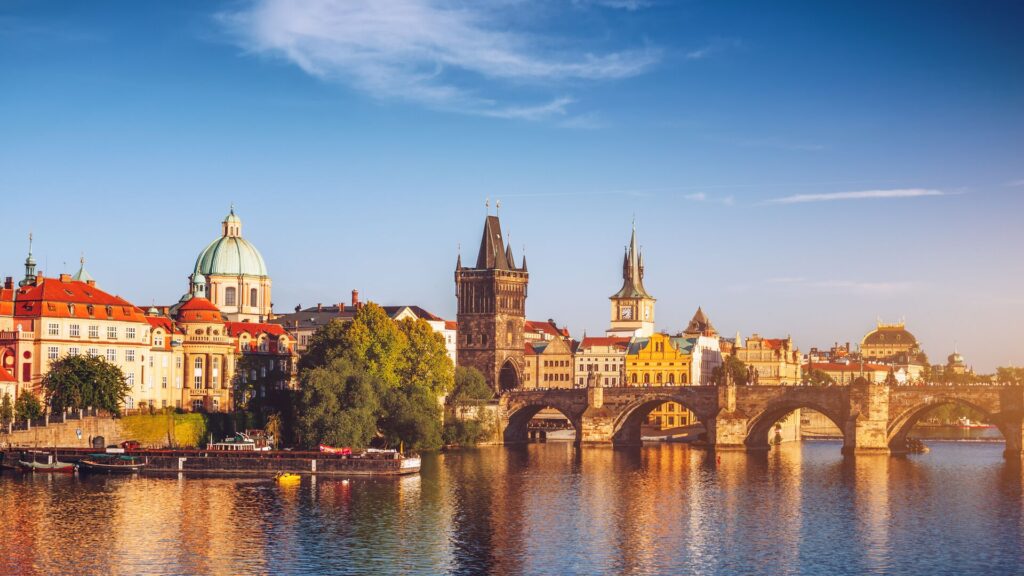Steeped in tradition and fascinating to observe, if you’re looking for things to do in Bosnia & Herzegovina, attending a workshop or visiting an artisan’s studio should be top of your list. We take a look at three venerable Bosnian crafts that will catch your eye.
For travel inspiration: Bosnia & Herzegovina Destination Guide
Soap Making
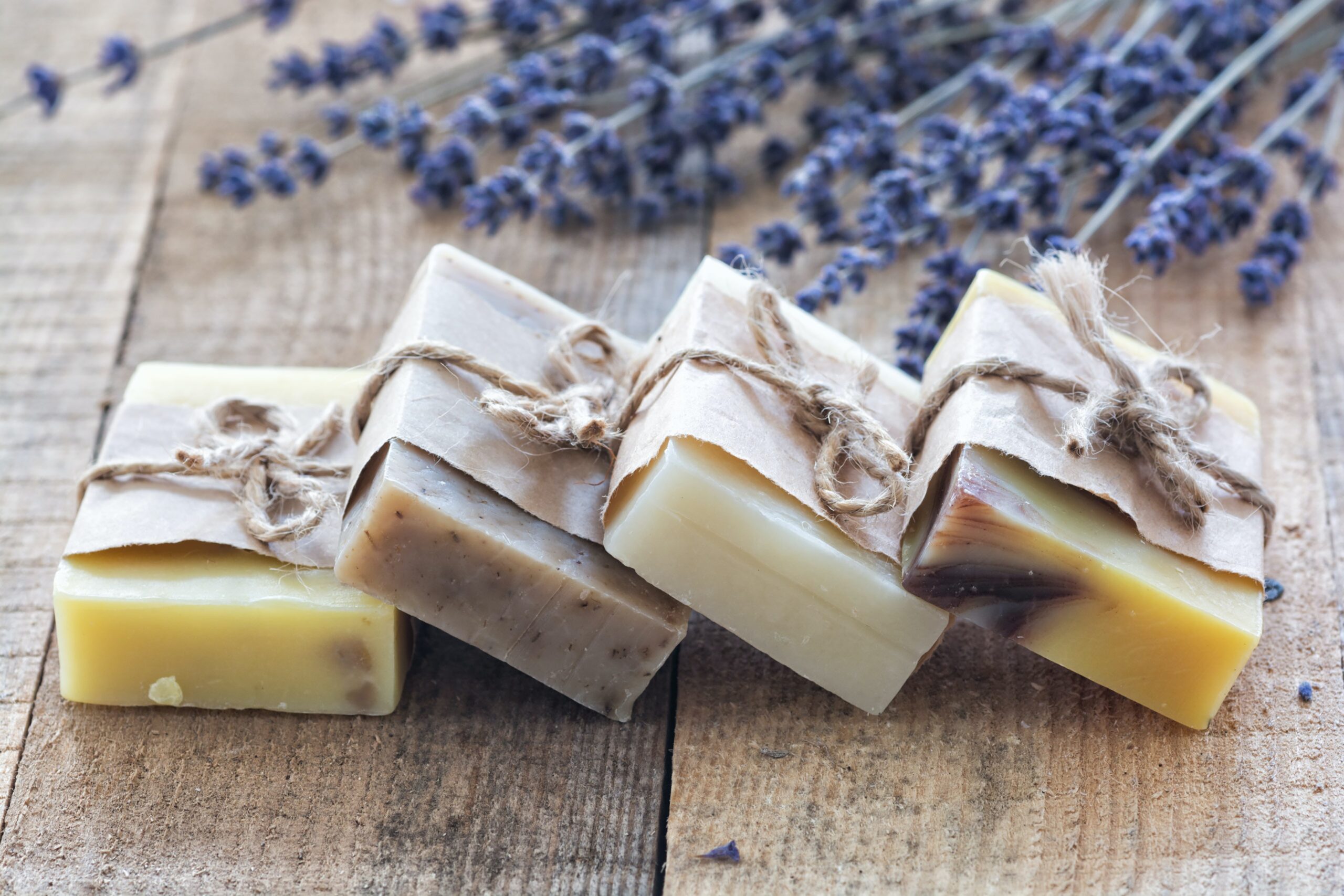
It’s hard to imagine a world without soap, in fact the earliest known soap recipe is credited to the ancient Babylonians around 2800 B.C. In Bosnia & Herzegovina the tradition of soap making has been kept alive using knowledge handed down through the generations.
One women’s cooperative in particular in the pretty village of Stolac are working hard to preserve this Bosnian craft, supporting local women along the way. Minja and Belma lead the local women’s association, and two years ago began soap making workshops. Designed initially for local women, these are also open to guests when they visit Bosnia & Herzegovina.
Unique to the region
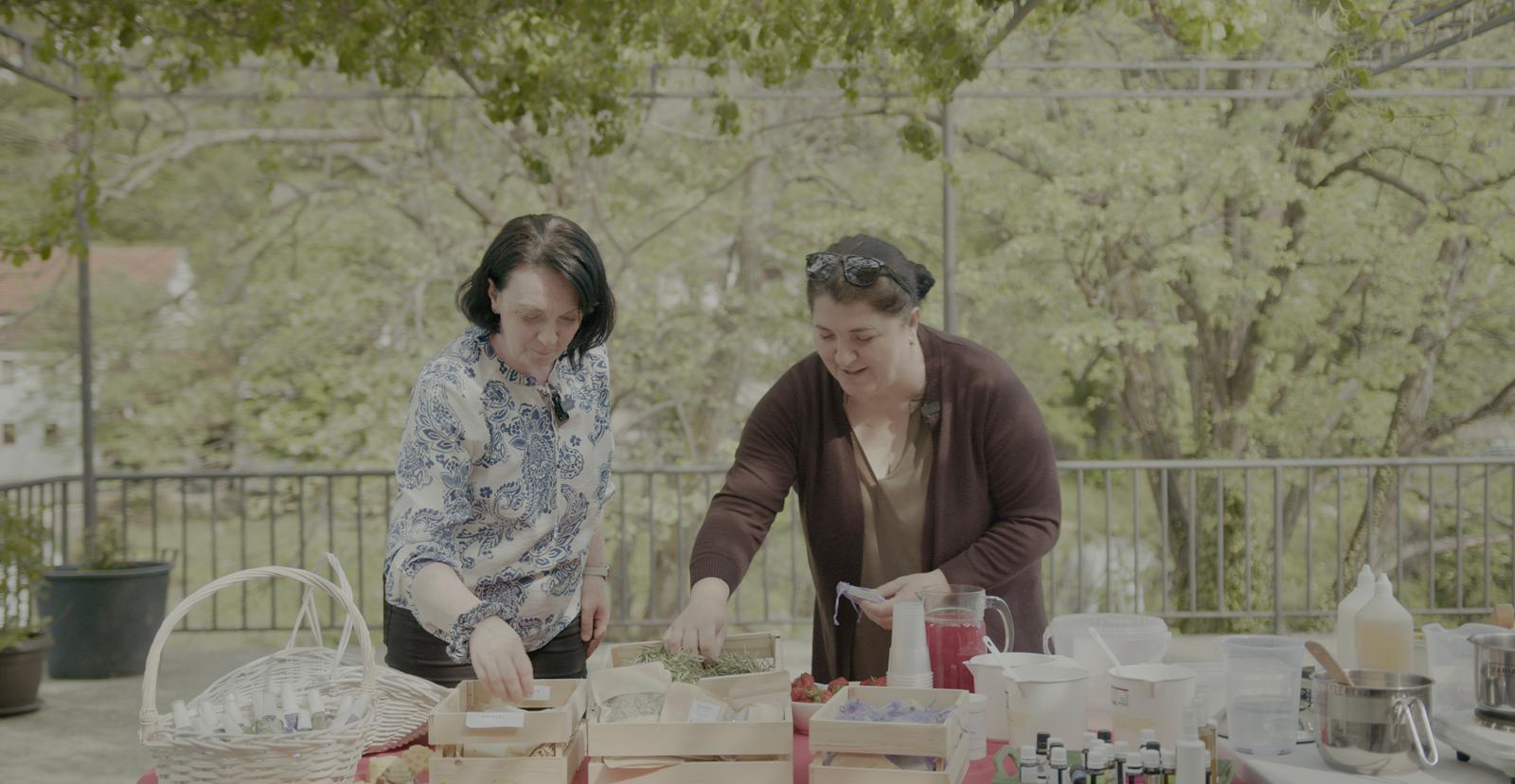
“In Bosnia we have very famous natural herbs, which prevent many illnesses,” says Minja. “These are used in our soaps and also to make herbal oils and jam.
“The base of the soap is fat and caustic soda. We use different oils, such as coconut oil or olive oil for the base,” she explains, “with each type of fat or oil contributing different qualities to the soap, including hardness, lather, and moisturizing properties.” Lye (Sodium Hydroxide) is added, essential for the saponification process – it reacts with the fats or oils to create soap and water is then used to dissolve the lye and create a lye solution.
“Finally, we add herbs as well as oils for scent such as lavender, eucalyptus or vanilla. We make the product as out grandmother’s mothers made it, and we honor their recipe to keep the tradition alive.”
Important for the women
The Stolac Women’s Association has been running for 19 years and their main goal is to help marginalized women, offering independence and empowerment. “As well as buying herbs from them, we also help them with the skills to make soap as well as other products,” Minva says. “And if they cannot sell these by themselves, they can always sell it here. That’s women power!
You may also enjoy reading: The fascinating history of Sarajevo you’ll discover with Local Expert Samra
Carpet Weaving
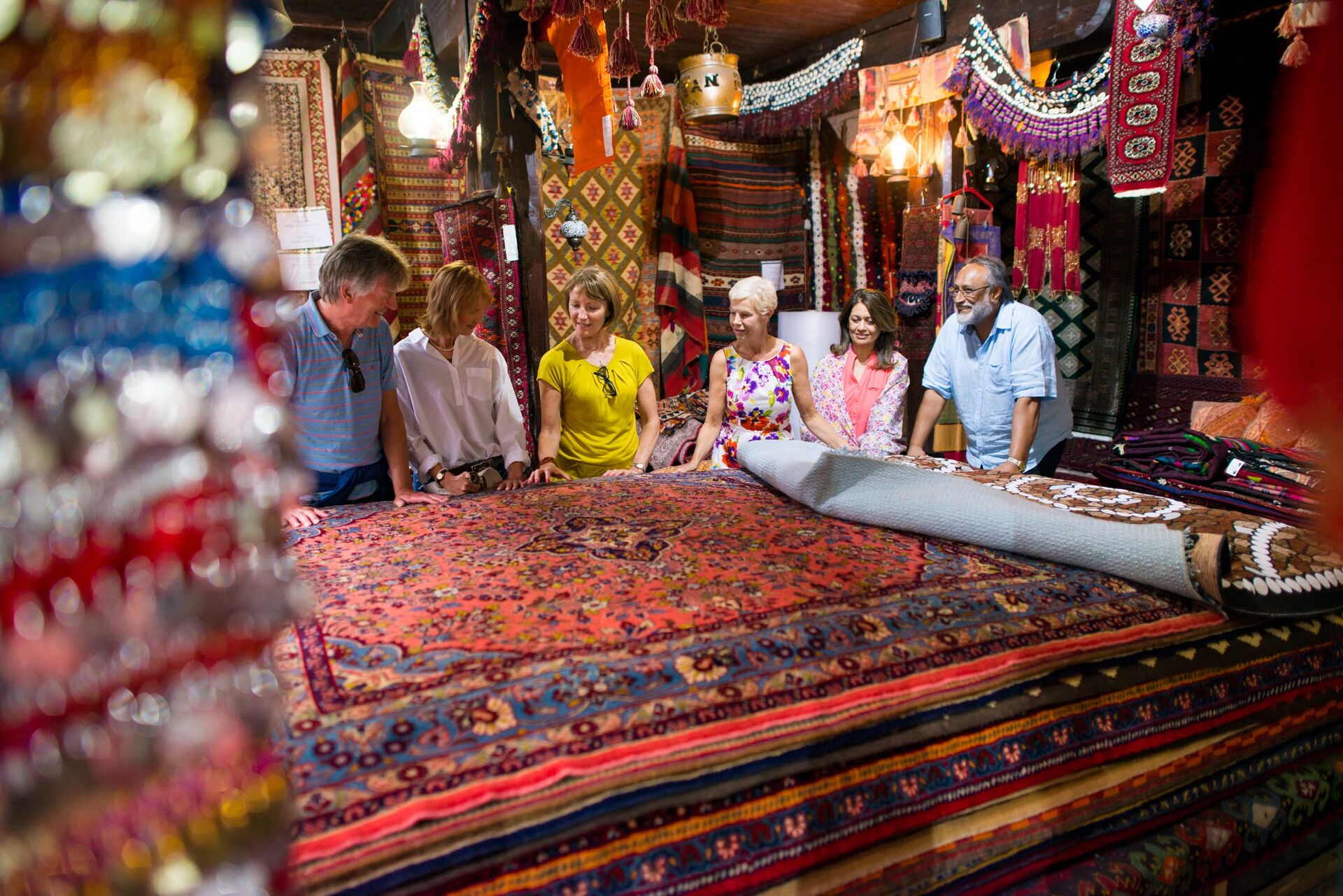
Sadly, the ancient Bosnian craft of carpet weaving is disappearing slowly in the country. The techniques of weaving in Bosnia can be traced to the Neolithic era. During the era of the Ottoman empire in the 15th Century that the Bosnian carpet became more complex both in terms of design and weaving technique. Prized for their quality and craftsmanship, and they were often used in mosques, palaces, and other important buildings.
However, their high fame was achieved during Austro-Hungarian rule. This was when the first weaving factory was established, along with the first published book illustrating original and traditional Bosnian patterns. Since WW1 though, their production has been in decline. Modern production techniques made cheaper alternatives, and the traditional craft of hand weaving became less sought after.
Today, artisans are working hard to apply traditional values to modern design. Workshops and schools teach the traditional techniques, and craftspeople display their work in galleries and exhibitions, in the hope that this heritage craft continues to be passed down generations.
You may also be interested to read: Tunnel of Hope: a survivor’s story of the Bosnian War
Coppersmithing
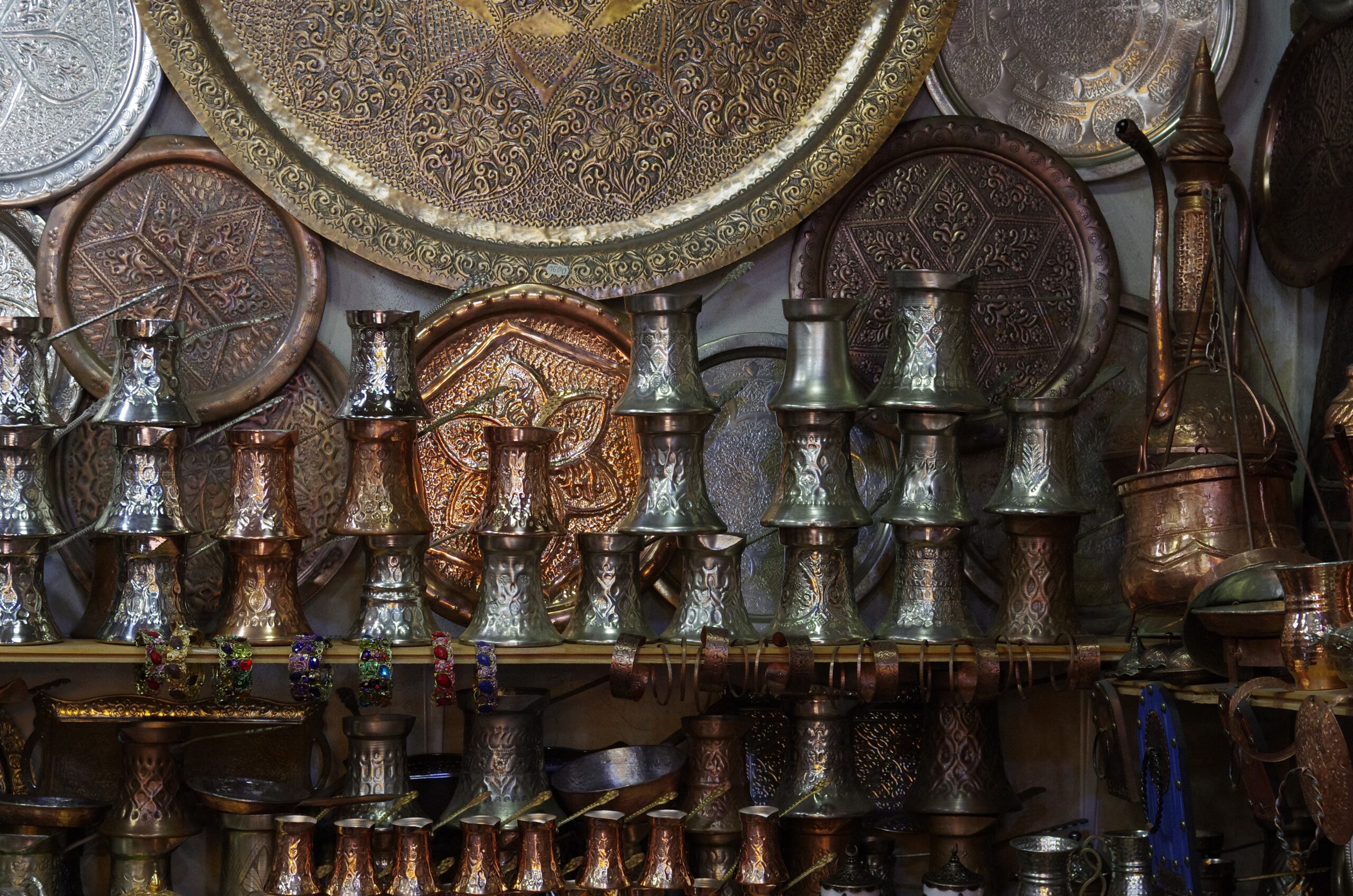
No two items are the same, making their products not only useful and lovely to look at, but a truly unique keepsake. These days, however, the number of artisans is dwindling; age-old ateliers are being replaced by vendors selling mass-produced souvenirs. Nowadays there are maybe only 30 coppersmiths left in the capital Sarajevo.
Maintaining this traditional Bosnian craft that requires skill and time-intensive handiwork is hard in an era when machines produce ‘versions’ of traditional crafts much faster and cheaper. But the work of these dedicated artisans is supported by cultural organizations, museums and educational programs. Working together they play a vital role in preserving and promoting Bosnian coppersmithing. As a visitor you can also help support this ancient Bosnian craft by purchasing direct from the artisans.
You may also enjoy reading: MAKE TRAVEL MATTER®: Why developing meaningful travel experiences has never been more important


